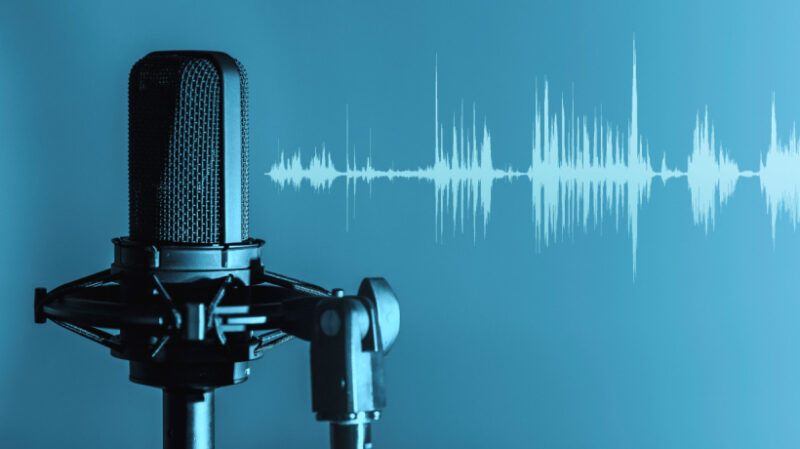
eLearning Audio: Balancing Effectiveness And Prices
Sound (narration, background music, results) can play a major function in eLearning coaching, and audio enhances the educational expertise. It builds stress and emotion, emphasizes content material, and units the tempo. Most significantly, it enhances memorability. Like all media, if used inappropriately, it will probably drastically cut back the consolation of the coaching expertise or, in excessive circumstances, even hinder studying.
That is clearly said within the analysis of students Ruth Colvin Clark and Richard E. Mayer, who spent a few years learning media, its use in training, and its impression on the educational course of (their best-known work is the e book e-Studying and the Science of Instruction). They assert that the extra data we obtain in several codecs (textual content, sound, video, animation) on the similar time, the extra we’ve got to course of. Thus, an absence of media group and a coherent idea results in confusion and impedes efficient studying. We merely shouldn’t have the “cache memory” to course of so many issues.
When designing an eLearning course, in the course of the evaluation and idea creation part, it’s value asking whether or not audio is important for the coaching. Will customers have comfy circumstances to make use of this audio? Do they work in open areas, or on a manufacturing flooring the place headphones are essential to hear? One other essential subject is whether or not we’ve got budgeted for audio manufacturing. On common, that is 25% of the coaching worth (if the audio is recorded by a narrator). With using AI algorithms, this value is barely decreased, however nonetheless constitutes a major a part of the funds.
Textual content On Display screen Or Narration?
The 2 mostly used audio choices in coaching are studying the precise textual content on the display and narration (audio that doesn’t match the display content material). Learners course of data by means of two separate channels (audio narration and display textual content). Every has restricted capability: one for visible data and one other for auditory data. Graphics and textual content on the display, particularly in giant portions, can overload the visible channel. Relying extra on audio narration, for instance, to clarify graphics, shifts a few of this burden to the audio channel.
Folks typically deal with eLearning as a type of audiobook. The coaching runs within the background whereas the worker sends emails, fills out paperwork, and submits system requests. Nonetheless, some argue that one-to-one audio is distracting as a result of the narrator reads slower than the consumer (by which case the audio may be turned off).
Narration (i.e., the voice of a pacesetter/narrator learn off-camera) requires extra effort from the learner. The consumer, whereas listening to the audio, concurrently sees different content material on the display that they’re making an attempt to familiarize themselves with. This mannequin is an efficient answer for coaching containing lots of animations or diagrams. The narrator explains these within the audio, which can assist in higher understanding particularly if the content material is complicated (additionally primarily based on analysis by Ruth Clark and Richard Mayer).
It is also value remembering the typical studying pace, which is about 200 phrases per minute. In fact, there are individuals who learn quicker or slower, ready for the narrator or falling behind. Utilizing voiceover recordings complicates issues in that it units the tempo of going by means of eTraining.
Narrator Or Textual content-To-Speech?
When implementing coaching, we additionally face the selection of whether or not to provide the audio ourselves (not really helpful), fee a studio and use skilled narrators, or use a speech synthesizer or voices generated by AI instruments. The text-to-speech choice is sort of well-liked and–I have to admit–less expensive than hiring a narrator. Voice options generated by AI algorithms are quickly making their means into eLearning manufacturing. In each circumstances of text-to-speech and AI, we should concentrate–whatever the expertise alternative–to diction, intonation, and power, remembering that poorly chosen audio can undoubtedly disrupt our notion of the coaching content material.
A traditional narrator works properly for recording fictional content material, the place we cope with multivoiced scenes. And right here it is essential to match the voice to the character within the coaching, so {that a} energetic older official doesn’t communicate in a youthful falsetto except we intention for a humorous impact.
Conclusion: Audio Enhances The Studying Expertise
The article underscores that whereas audio is a robust device in eLearning, enhancing memorization and engagement, it requires cautious consideration. The selection between skilled narrators and text-to-speech applied sciences includes a stability between value and effectiveness. Considerate audio integration, aligned with learners’ environments and studying targets, is essential for maximizing the impression and effectivity of eLearning programs.

